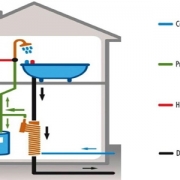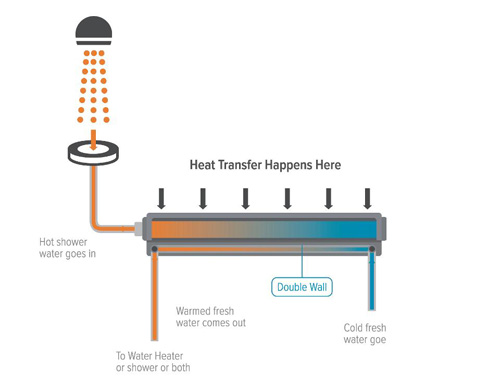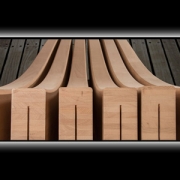Speaking to Development Finance Today, Robert Orr, managing director of development finance at Paragon, evaluates how the division is progressing and what challenges smaller developers may face this year.
You recently announced that new development lending at Paragon increased fourfold. Do you expect this to become a more prominent part of your commercial division?
Yes, there’s excellent potential for growth. Bringing Titlestone into the Paragon fold means we’ve been able to broaden our proposition and extend our offer to developers across all of England and Wales.
Developers working with Paragon can now access loans of up to £35m, with a maximum loan-to-GDV of 70%. Not many banks offer beyond 60% GDV — so that’s a significant uplift.
We’ve also added finance for pre-planning and purpose-built student developments into the range, extending support to SME developers earlier in the project lifecycle and reaching out to those delivering housing in specialist markets.
How challenging was the process of integrating Titlestone under the Paragon umbrella?
Integration has been relatively straightforward, with a focus on bringing customers the best from both organisations.
Titlestone brings a strong reputation for development expertise and Paragon brings long-term backing built upon its 30-year history as a specialist lender.
Quoted on the London Stock Exchange and a constituent of the FTSE 250, Paragon today has over £6bn in savings deposits. Building out from its traditional, stronghold in buy-to-let lending, Paragon is adding capability in targeted, commercial lending markets.
What do you think will be the biggest challenges for the development market this year?
Steering a steady course through the Brexit uncertainty will be front of mind for everyone as we head into autumn.
There are also some challenges ahead for smaller developers in terms of how they adapt to new environmental standards and integrate modular building technology into their plans.
The quality of modular homes has come on in leaps and bounds over the past few years and we’re looking at how we can develop our lending policies to satisfy developers opting for this route.
How did you get into the industry?
After studying accountancy and economics, I decided on a career in banking. Initially, I gained experience across a wide range of different sectors, but development finance really grabbed my interest and I’ve been a specialist in this area now for nearly 25 years — working for NatWest, Close Brothers and Titlestone before arriving at Paragon.
What I love about the job is the long-term relationships that you build with developers.
It’s very rewarding to support developers as they breathe new life into a derelict building or reinvigorate a disused site. The energy generated in delivering the end product is contagious.
If you weren’t in the industry, what would you be doing?
In my dream life, I’d be a professional golfer, leading the field at the Masters. More realistically, I’d like to be involved in business education and coaching. I did a stint as a corporate tutor in the mid-90s, training relationship managers out in the field. I’ve also been involved in delivering training courses for the Institute of Banking and always find it rewarding to see young people develop their skills and move forward in their career.
Source: Development Finanace Today




 systems under the efficient hot water equipment credits. DWHR systems are currently being installed in Passive Houses, where keeping energy to a minimum is a major factor.
systems under the efficient hot water equipment credits. DWHR systems are currently being installed in Passive Houses, where keeping energy to a minimum is a major factor. 






